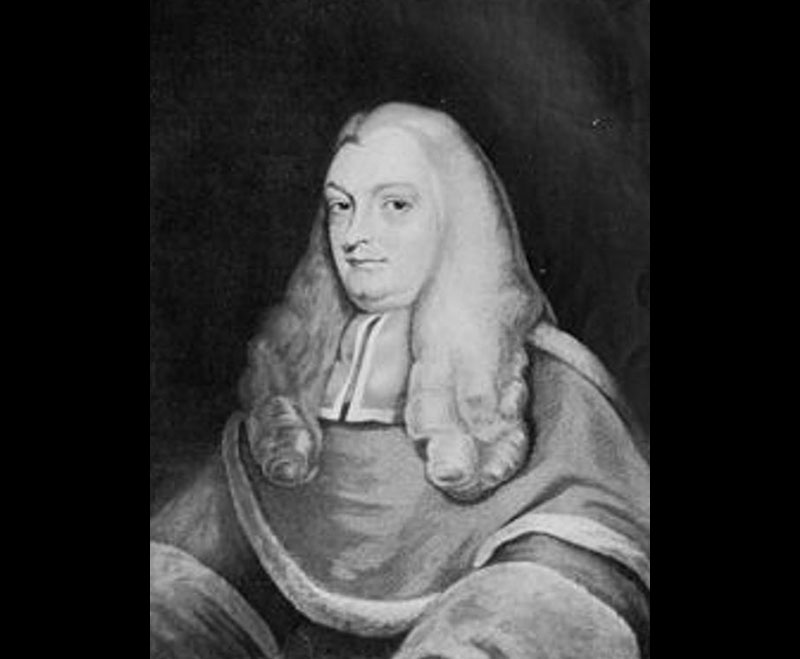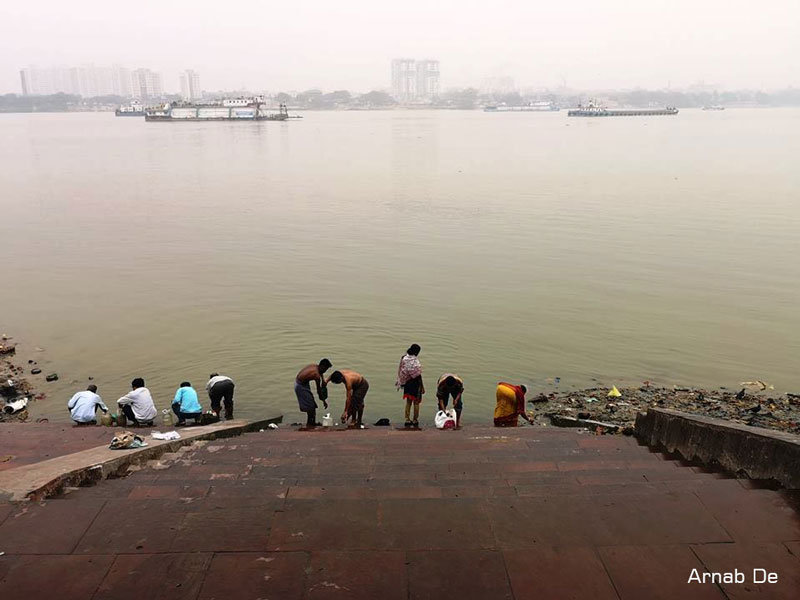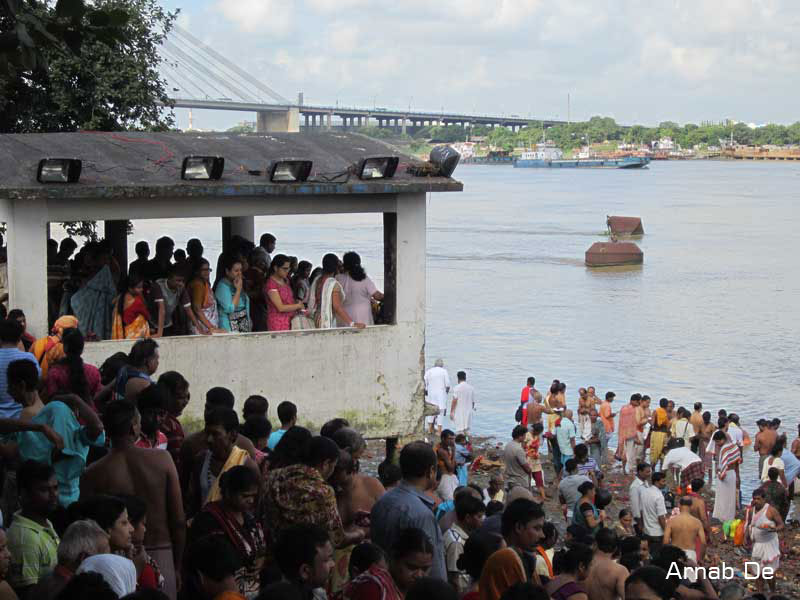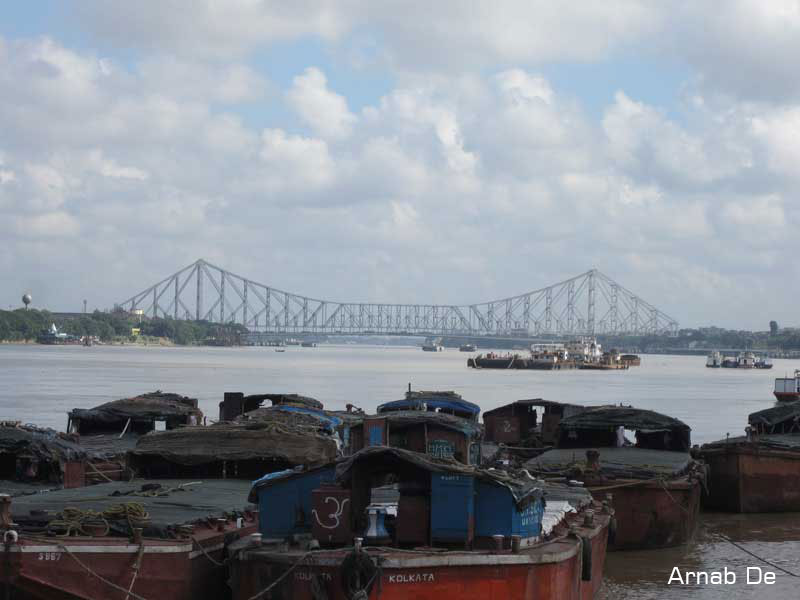
Born on 13 June 1732, Sir Elijah Impey was educated at Westminster School with Warren Hastings and was his intimate friend throughout life. In 1773 he was appointed the first chief justice of the new Supreme Court at Calcutta and subsequently became infamous in the country for his vindictive judgment against Maharaja Nandakumar. In 1775, he presided at the trial of Maharaja Nandakumar, who was allegedly accused by Warren Hastings, the then Governor General of India, of forging a bond in an attempt to dispossess and rob a widow of more than half her inheritance. Though it was a false charge of forgery, Sir Elijah Impey intentionally adjudged him guilty and ordered him to hang till death. Due to this unjustified judgment, he went down in history. In 1787, he was subjected to Impeachment, along with Warren Hastings and was accused by Lord Macaulay in the House of Commons of committing a judicial murder.

Sir Elijah Impey was instrumental in the construction of a new Ghat along the eastern side the River Hoogly, a few yards to the north of Prinsep Ghat, for the exclusive use of the dignified British officials, especially the Judges, who were posted by the Empire in India. Consequently, when the construction of the proposed ghat was completed, it was christened as the Judges Ghat. However, due to its nearness to the Gwalior Monument, some people also call it the Gwalior Ghat.



Like the neighbouring Outram Ghat, the Judges Ghat is not attached to a building. It is mostly used by the orthodox Hindus for performing religious rites and there is a Concrete shelter overlooking the water body, which is used by them for the purpose.
